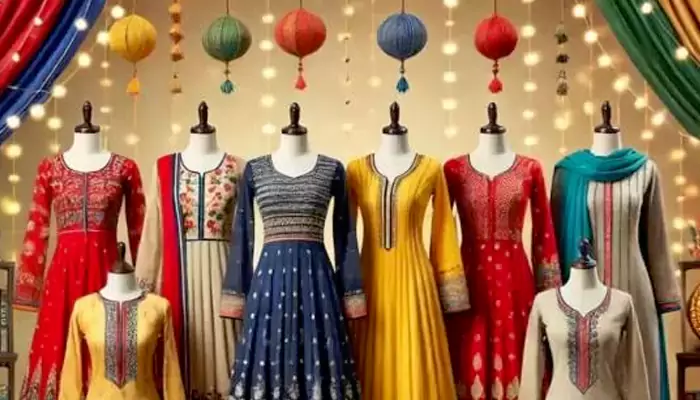Plaid's Grand Return
Fashion cycles often revisit beloved trends, and Fall 2025 is seeing plaid's triumphant return. Its enduring appeal stems from its versatility. Plaid can
be adapted across various garments, from tailored suits and outerwear to skirts, dresses, and accessories. The resurgence is expected, as designers constantly seek familiar elements to refresh. Its inherent connection to the colder months, making it especially relevant for autumn collections, is important. Plaid's adaptability has ensured its continued presence in the fashion landscape, and its renewed popularity is a testament to its staying power, promising a season filled with diverse plaid interpretations.
Runway Revamps
The runways will be the epicenter of plaid's revival. Designers often use traditional plaid patterns, updating them with innovative cuts, fabrics, and color palettes. Expect to see classic tartan and glen plaid reinterpreted in modern silhouettes. Furthermore, designers are playing with scale and texture, showcasing oversized and deconstructed plaid. The details will matter, with a focus on craftsmanship. Incorporating unexpected details adds a new level of sophistication. The runways will demonstrate how plaid can be styled in many ways. Plaid's versatility allows designers to cater to various tastes, from refined to cutting-edge. These runway collections will influence fast fashion, setting the stage for plaid's widespread appeal in the coming season.
Street Style Influence
Plaid is not just for the runway, as it will also dominate street style. The way ordinary people choose to style plaid is always influential. People will incorporate plaid in casual, everyday outfits. One way to wear plaid is to style it with layers, combining a plaid shirt with a denim jacket. Accessories, such as scarves or bags, will be a simple way to introduce plaid. Mixing plaid with other patterns is another popular trend. The juxtaposition of different textures and patterns will be a key look. Street style will focus on creating looks that are both fashionable and comfortable. From casual wear to stylish outfits, plaid's influence will be obvious in the coming months. The street style looks will reinforce plaid's versatility and demonstrate its ability to be adaptable across different aesthetics.
Plaid's Textile Evolution
The fabrics used will influence plaid’s evolution. Designers may experiment with new textures and blends. Plaid will appear in a range of materials, from wool and tweed to more contemporary fabrics like velvet and even leather. Sustainable and eco-friendly textiles will be a focus, with recycled and organic options adding to the appeal. The weave and construction will give plaid a unique feel. Details like fringing, embellishments, and embroidery will be used to elevate the look. The fabric choice sets the tone for the garment. The use of different materials allows for versatility in the plaid's aesthetic. Fabric advancements will showcase plaid's creative potential.
Color and Pattern
Color and pattern play a role in plaid's popularity. Designers will offer both classic and contemporary colour palettes. Traditional tartan, with its red and green hues, will be widely seen. Modern interpretations will use unexpected colour combinations. Expect to see vibrant, bold shades alongside muted, neutral tones. The pattern's scale will vary from delicate micro-plaids to larger, more graphic designs. The way the plaid is presented is critical. Plaid can be tailored to appeal to all tastes. A focus on colour and pattern allows for variety and individual style. The use of innovative colours and patterns will keep plaid fresh. Designers create many options to express themselves.














